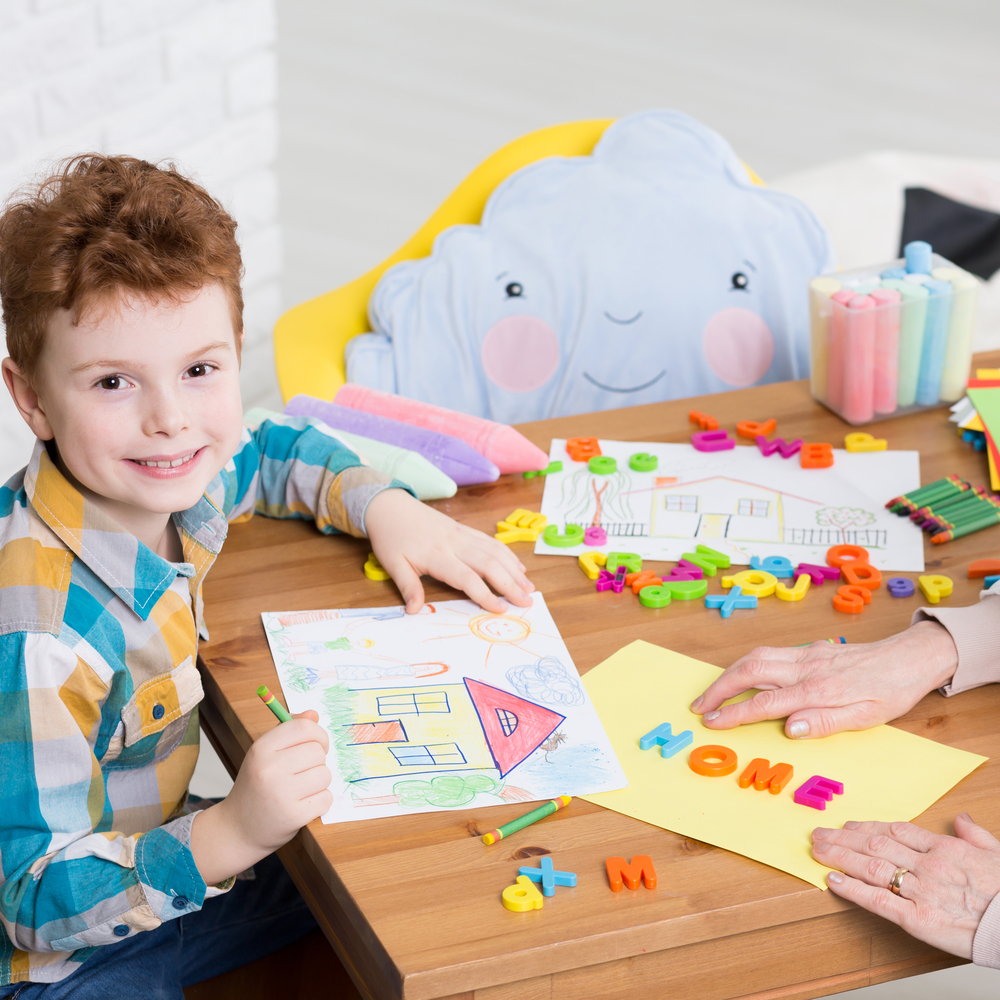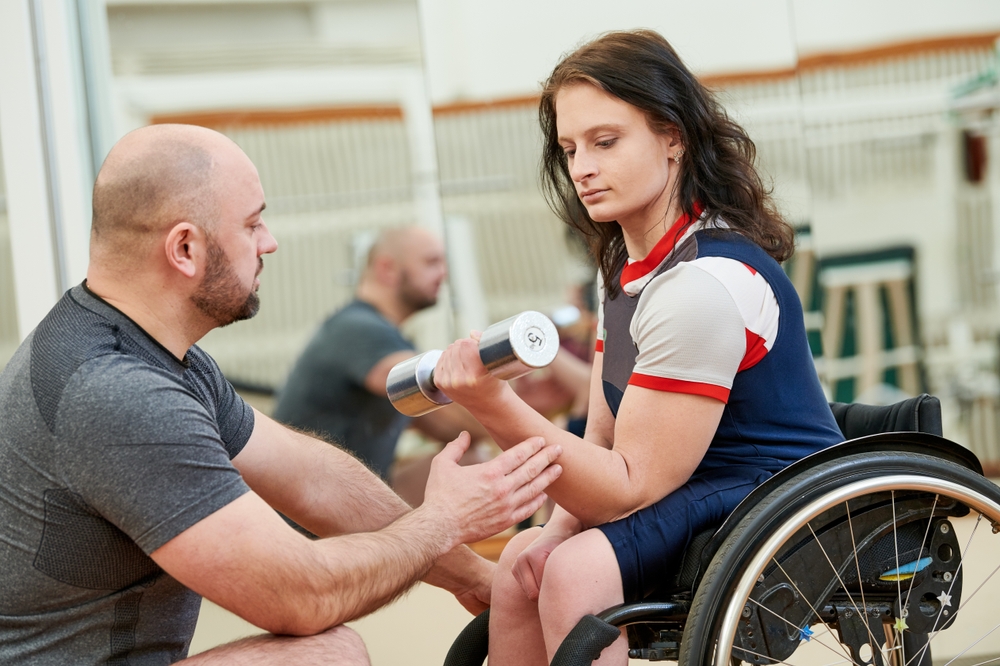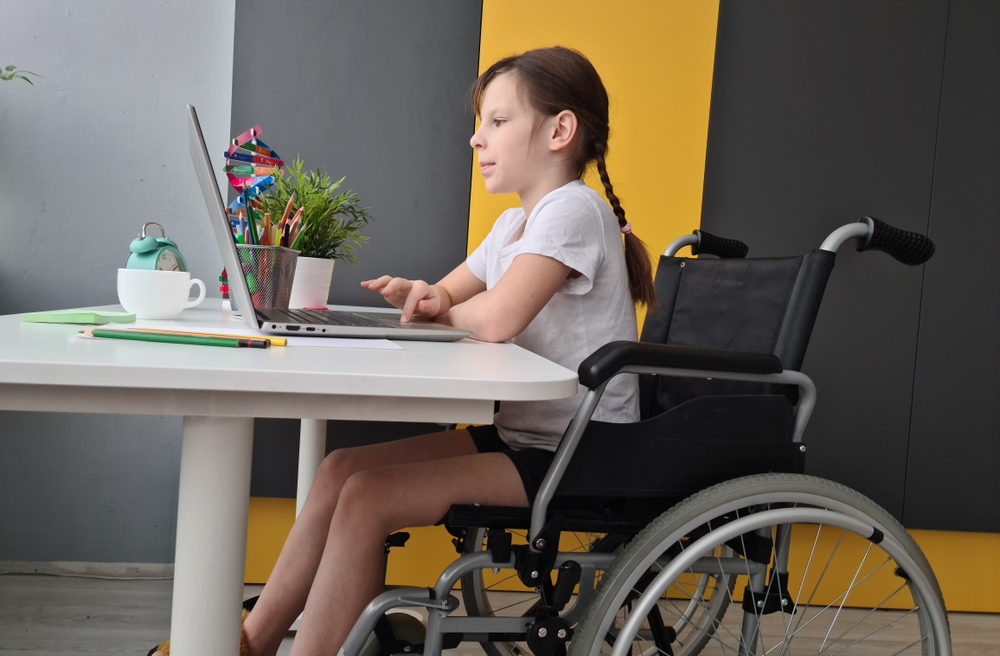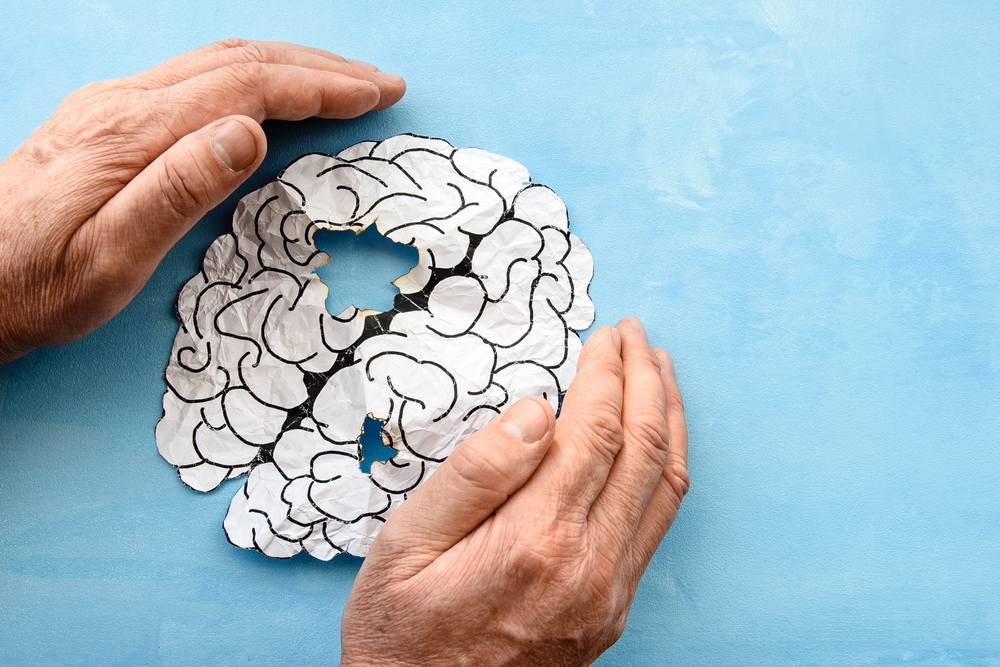Make an Appointment
According to the World Health Organization (WHO), approximately 50 million people worldwide have dementia, with nearly 10 million new cases reported every year. In Australia, it is estimated that there are around [459,000 people living with dementia](http://www.stepupfordementiaresearch.org.au/dementia-australia/#:~:text=Dementia%20Australia%20(formerly%20known%20as,Australians%20involved%20in%20their%20care.), and this number is projected to increase to over 1 million by 2058 due to the aging population.
Here is a reference link for more information:
WHO Dementia Fact Sheet: https://www.who.int/news-room/fact-sheets/detail/dementia
Dementia is a challenging condition that can impact the quality of life of both the individual living with dementia and their caregivers. Multi-sensory stimulation is a therapeutic approach that has been shown to have benefits for people with dementia. By engaging different senses such as touch, taste, smell, sight, and sound, multi-sensory stimulation can help individuals with dementia to connect with their environment and improve their cognitive and emotional functioning. In the following sections, we will explore how multi-sensory stimulation works and how caregivers can incorporate it into their care routines.
Table of Contents
I. What is Multi-Sensory Stimulation for Dementia?
II. How Does Sensory Stimulation Help with Dementia?
III. What is an Example of Multi-Sensory Stimulation?
IV. What is Good Stimulation for Dementia Patients?
V. What are the Multi-Sensory Strategies?
VI. What are the 4 Categories of Stimulation?
VII. Is Too Much Stimulation Bad for Dementia Patients?
VIII. How Can Caregivers Incorporate Multi-Sensory Stimulation into Their Daily Routines with People with Dementia?
IX. What Role Can Multi-Sensory Stimulation Play in Reducing Agitation and Aggression in People with Dementia?
X. How Can Multi-Sensory Stimulation Be Adapted for People with Different Stages of Dementia or Different Types of Dementia?
XI. Conclusion: Multi-Sensory Stimulation and Physio Inq's Allied Health Services.
What is Multi-Sensory Stimulation for Dementia?
Multi-sensory stimulation is a non-pharmacological approach that involves providing individuals with dementia with sensory experiences to stimulate their senses and promote relaxation, comfort, and enjoyment. The goal is to create an environment that is safe and comfortable and engages multiple senses simultaneously to improve cognitive and emotional functioning.
Sensory rooms are a popular method for providing multi-sensory stimulation for people with dementia. These rooms are typically designed to be calming and soothing, featuring comfortable furniture and low-level lighting. They can be equipped with a variety of sensory equipment, such as fiber optic lights, bubble tubes, aroma diffusers, sound systems, and tactile materials such as textured cushions, soft blankets, and rugs.
The use of sensory rooms can be tailored to meet the specific needs of the individual with dementia, with different sensory experiences chosen to suit their preferences and level of cognitive and physical ability. For example, some individuals may prefer soothing sounds and calming lighting, while others may enjoy more stimulating experiences such as music, bright colors, and tactile materials.
Multi-sensory stimulation can also be provided through a range of other activities, such as massage therapy, aromatherapy, art therapy, and pet therapy. Caregivers can incorporate multi-sensory activities into their daily routines, such as providing a variety of textures and colors when preparing food or using fragrances to create a calming environment.
Overall, multi-sensory stimulation is a promising therapeutic approach for individuals with dementia, as it can improve their quality of life and emotional well-being. By providing a safe and stimulating environment that engages multiple senses, caregivers can help individuals with dementia to maintain their cognitive and emotional functioning, reduce anxiety and depression, and increase their sense of pleasure and enjoyment.
How Does Sensory Stimulation Help with Dementia?
Sensory stimulation is a non-pharmacological approach that can improve the cognitive and emotional functioning of people with dementia. By providing them with meaningful and engaging sensory experiences, sensory stimulation can help reduce feelings of isolation, anxiety, and depression, and can also help improve communication and social interaction. Sensory stimulation can also help stimulate neural pathways in the brain, which can help improve cognitive functioning. Research has shown that sensory stimulation can be especially helpful for people with dementia who have sensory deficits. For example, people with dementia often experience a decline in their sense of touch, which can make them less responsive to physical stimulation. By providing sensory stimulation in other modalities, such as sound or smell, caregivers can help stimulate neural pathways in the brain that may not be as affected by the progression of dementia. A review of the literature has also found that multi-sensory stimulation can improve the quality of life for people with dementia, reducing agitation and increasing pleasure and enjoyment. (Sadowsky et al., 2013).
Incorporating sensory stimulation into daily routines can provide a range of benefits for people with dementia. Caregivers can provide sensory stimulation through a variety of activities, such as massage therapy, aromatherapy, art therapy, and pet therapy. Sensory rooms are another effective way to provide multi-sensory stimulation. These rooms can be customized to meet the specific needs and preferences of the individual with dementia and can provide a safe and comfortable environment for them to explore different sensory experiences. By incorporating multi-sensory activities into their daily routines, caregivers can help individuals with dementia maintain
What is an Example of Multi-Sensory Stimulation?
An example of multi-sensory stimulation for people with dementia is the use of music therapy. Music therapy involves using music to stimulate the senses and improve cognitive and emotional functioning. Music can help people with dementia
to access memories and emotions that may be difficult to access through other means, and it can also help improve communication and social interaction. Caregivers can use music therapy in a variety of ways, such as playing familiar songs during daily activities, engaging in sing-alongs, or using music to create a calming environment during stressful situations.
Another example of multi-sensory stimulation is aromatherapy. Aromatherapy involves using essential oils to stimulate the sense of smell and promote relaxation and well-being. Caregivers can use aromatherapy in a variety of ways, such as using scented candles or diffusers, incorporating essential oils into bath or grooming routines, or using scented lotions or sprays.
What is Good Stimulation for Dementia Patients?
Good stimulation for dementia patients should be tailored to their individual needs and preferences. It should be meaningful and engaging, and should involve a variety of sensory modalities. Some examples of good stimulation for dementia patients include:
- Listening to music
- Engaging in aromatherapy
- Participating in art therapy
- Engaging in tactile activities, such as knitting or pottery
- Participating in reminiscence therapy
It's important for caregivers to work with the person with dementia to identify activities that they enjoy and find meaningful. Caregivers can also consult with allied health professionals, such as physiotherapists, occupational therapists, speech pathologists, and exercise physiologists, to develop personalized multi-sensory stimulation programs that are tailored to the individual needs and preferences of the person with dementia.

What are the Multi-Sensory Strategies?
Multi-sensory strategies involve using different sensory modalities to provide sensory stimulation for people with dementia. Some examples of multi-sensory strategies include:
- Using aromatherapy to provide a calming environment
- Using music therapy to improve cognitive and emotional functioning
- Engaging in tactile activities, such as knitting or pottery, to stimulate the sense of touch
- Creating a multi-sensory environment, such as a sensory room
It's important to note that multi-sensory strategies should be tailored to the individual needs and preferences of the person with dementia. Caregivers should work with the person with dementia to identify activities that they enjoy and find meaningful and should consult with allied health professionals to develop personalised multi-sensory stimulation programs.
What are the 4 Categories of Stimulation?
The four categories of stimulation include:
- Cognitive stimulation, which involves engaging in activities that stimulate the mind, such as puzzles and games.
- Physical stimulation, which involves engaging in physical activities, such as exercise or dance.
- Sensory stimulation, which involves engaging the senses through the use of different sensory modalities.
- Social stimulation, which involves engaging in social activities, such as conversation or group activities.
Caregivers should incorporate activities from all four categories of stimulation into their daily routines with people with dementia to promote overall well-being.
Is Too Much Stimulation Bad for Dementia Patients?
Too much stimulation can be overwhelming for people with dementia and can lead to feelings of anxiety and confusion. It's important to tailor sensory stimulation to the individual needs and preferences of the person with dementia, and to provide opportunities for rest and relaxation. It's also important to monitor the person's response to sensory stimulation and adjust the level of stimulation accordingly.
How Can Caregivers Incorporate Multi-Sensory Stimulation into Their Daily Routines with People with Dementia?
Caregivers can incorporate multi-sensory stimulation into their daily routines with people with dementia by incorporating sensory activities into their daily activities. For example, they can:
- Play music during meals or daily routines
- Use aromatherapy during bathing or grooming
- Engage in tactile activities, such as folding laundry or playing with sensory toys
- Use reminiscence therapy during conversations
Caregivers can also work with allied health professionals, such as physiotherapists, occupational therapists, speech pathologists, and exercise physiologists, to develop personalised multi-sensory stimulation programs that are tailored to the individual needs and preferences of the person with dementia.
What Role Can Multi-Sensory Stimulation Play in Reducing Agitation and Aggression in People with Dementia?
Multi-sensory stimulation can play a significant role in reducing agitation and aggression in people with dementia by providing them with meaningful and engaging sensory experiences. This can help reduce feelings of frustration and boredom, which can contribute to agitation and aggression. Multi-sensory stimulation can also help improve communication and social interaction, which can help reduce feelings of isolation and loneliness.
Research has shown that multi-sensory stimulation can be especially helpful for people with dementia who have difficulty communicating verbally. By using different sensory modalities, such as touch or sound, caregivers can provide alternative means of communication that can help reduce agitation and aggression. For example, a study found that multi-sensory stimulation reduced agitation and aggression in people with dementia who were living in long-term care facilities (Lin & Lin, 2014).
Incorporating multi-sensory stimulation into daily routines can provide a range of benefits for people with dementia. Caregivers can provide multi-sensory stimulation through a variety of activities, such as massage therapy, aromatherapy, art therapy, and pet therapy. Sensory rooms are another effective way to provide multi-sensory stimulation. These rooms can be customized to meet the specific needs and preferences of the individual with dementia and can provide a safe and comfortable environment for them to explore different sensory experiences. By incorporating multi-sensory activities into their daily routines, caregivers can help individuals with dementia maintain their cognitive and emotional functioning and improve their overall well-being.
How Can Multi-Sensory Stimulation Be Adapted for People with Different Stages of Dementia or Different Types of Dementia?
Multi-sensory stimulation can be adapted for people with different stages of dementia or different types of dementia by tailoring the sensory activities to the individual needs and preferences of the person with dementia. For example, people with early-stage dementia may benefit from more complex cognitive and physical activities, while people with advanced-stage dementia may benefit from simpler sensory activities. People with different types of dementia may also have different sensory deficits, which should be taken into account when developing multi-sensory stimulation programs.
Conclusion: Multi-Sensory Stimulation and Physio Inq's Allied Health Services
Multi-sensory stimulation is a therapeutic approach that can help improve the cognitive and emotional well-being of people with dementia. By providing meaningful and engaging sensory experiences, multi-sensory stimulation can help reduce feelings of isolation, anxiety, and depression, and can also help stimulate neural pathways in the brain.
As a national NDIS and aged care provider, Physio Inq offers a range of mobile &. in-home allied health services, including physiotherapy, occupational therapy, speech pathology, and exercise physiology, to support people with dementia and their caregivers. Our team of experienced allied health professionals can help develop personalised multi-sensory stimulation programs that are tailored to the individual needs and preferences of the person with dementia.
If you're interested in learning more about our services, please connect with our wonderful client services team on 1300 731 733. We look forward to working together with you to support the well-being of people with dementia.
Date Published: Tuesday, March 28, 2023
Need to get into direct contact with ur Client Services team? We're all ears. Call our team directly on 1300 731 733









